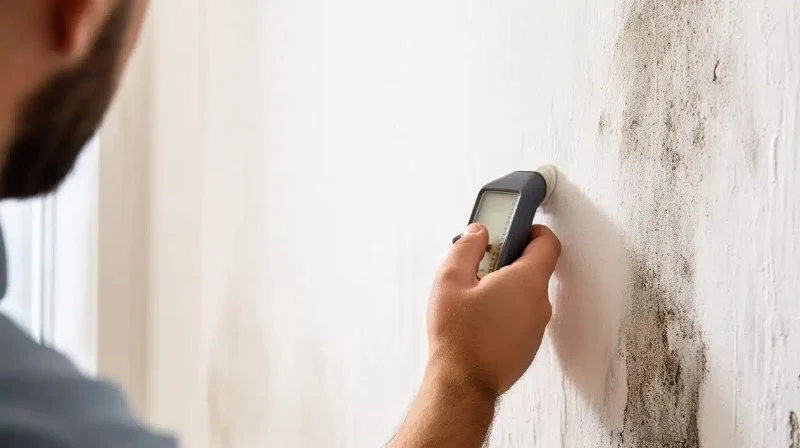
How to Locate Hidden Water Leaks in Walls or Ceilings
- Understanding Water Leaks
- Signs of Hidden Water Leaks
- Methods for Locating Water Leaks
- Preventing Water Damage
Hidden water leaks within walls or ceilings can lead to extensive damage if not detected and addressed quickly. They often go unnoticed until major issues arise, such as mold growth, structural damage, or increased water bills. In this article, we'll guide you through the process of locating hidden water leaks, the signs to watch for, and how to prevent further damage. Whether you're dealing with a leaky pipe or moisture seeping through your walls, early detection and repair are key to maintaining a safe and dry home.
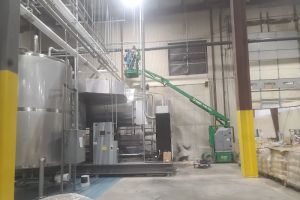
WNC Plumbing & Drain Cleaning
MorgantonBurke CountyNorth Carolina
979 Summers Rd, Morganton, NC 28655, USA
1. Understanding Water Leaks
Water leaks can occur in various parts of your home, including plumbing pipes, the roof, or even through the foundation. Leaks that are hidden inside walls or ceilings are particularly concerning because they may not be immediately visible. These leaks are often the result of faulty plumbing, aging pipes, or even the natural wear and tear of materials over time. Understanding where leaks are most likely to occur can help in the detection process.
2. Signs of Hidden Water Leaks
Before diving into methods for locating hidden leaks, it's essential to recognize the early warning signs. These symptoms often signal that water damage is already happening or may be about to occur:
- Discoloration on Walls or Ceilings: If you notice brown or yellow stains appearing on your walls or ceilings, it could be a sign of a water leak behind the surface.
- Musty Odor: A persistent musty smell often indicates the presence of mold or mildew, which thrives in damp environments created by hidden water leaks.
- Increased Water Bills: If your water bill suddenly spikes without any apparent reason, it could be a result of undetected leaks consuming more water than usual.
- Damp or Warped Flooring: Areas of flooring that feel wet or have warped over time may be due to water leakage from an above source.
- Sound of Running Water: If you hear water running when nothing is in use, it could be a sign that a pipe is leaking inside a wall or ceiling.
3. Methods for Locating Water Leaks
Once you've identified potential signs of a water leak, it’s time to locate the source. Here are some effective methods to help you identify hidden water leaks in walls or ceilings:
- Visual Inspection: Start by visually inspecting the areas around the stains or discoloration. Check for cracks in the walls, and examine any exposed pipes for signs of leakage. If the leak is behind the drywall, you may need to remove a small section to inspect the plumbing.
- Use of a Moisture Meter: A moisture meter is a tool that can detect hidden water in walls and ceilings. It’s often used by professionals but can also be rented for DIY purposes.
- Infrared Thermography: This non-invasive method uses infrared cameras to detect temperature differences in walls and ceilings, helping to pinpoint areas with hidden moisture.
- Pressure Testing: If the leak is suspected to be in the plumbing system, pressure testing the pipes can help identify a drop in pressure, signaling the exact location of the leak.
- Professional Leak Detection Services: If DIY methods don’t provide clear answers, it may be time to call in a professional. Experts use advanced tools like ultrasonic devices to detect leaks without causing damage to your walls or ceilings.
4. Preventing Water Damage
While locating a hidden water leak is crucial, prevention is the best way to avoid water damage in the first place. Here are some tips to keep your home safe:
- Regular Maintenance: Ensure your plumbing system is regularly inspected and maintained to catch any potential issues before they become major problems.
- Insulate Pipes: Proper insulation can prevent pipes from freezing and cracking, especially in colder climates, which can lead to hidden leaks.
- Waterproofing: Apply waterproofing solutions to your walls and ceilings, especially in areas prone to moisture like basements and bathrooms.
- Install Leak Detectors: Modern leak detectors can be installed throughout your home to alert you to the presence of water in areas where leaks are most likely to occur.
Detecting and fixing water leaks early can save you from costly repairs and prevent long-term damage to your property. If you're unsure about how to proceed with finding or fixing a leak, it’s always best to contact a professional plumber.
For high-quality plumbing products, expert advice, and services, visit Plumbers Supply Hub for the best solutions tailored to your needs.


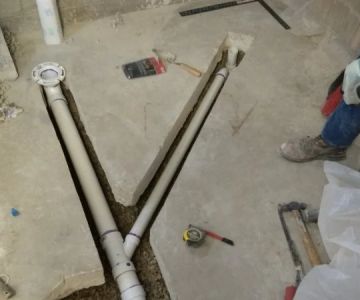





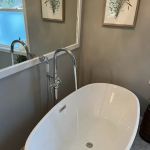 Oakland Plumbing LLC5.0 (17 reviews)
Oakland Plumbing LLC5.0 (17 reviews)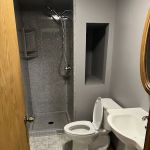 Midwest Plumbing & Service4.0 (7 reviews)
Midwest Plumbing & Service4.0 (7 reviews)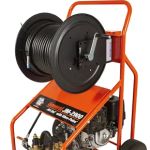 Moberly Plumbing4.0 (117 reviews)
Moberly Plumbing4.0 (117 reviews)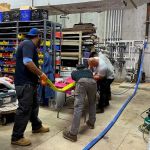 American Trenchless Technologies4.0 (8 reviews)
American Trenchless Technologies4.0 (8 reviews) Tony's Plumbing3.0 (12 reviews)
Tony's Plumbing3.0 (12 reviews)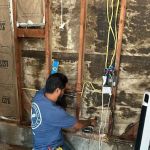 Socal Plumbing Co5.0 (5 reviews)
Socal Plumbing Co5.0 (5 reviews)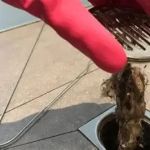 How to Repair a Hairball Clog Without Harsh Chemicals
How to Repair a Hairball Clog Without Harsh Chemicals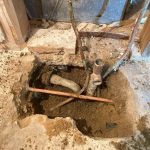 How to Repair a Junction That Is Leaking Under Slab: A Comprehensive Guide
How to Repair a Junction That Is Leaking Under Slab: A Comprehensive Guide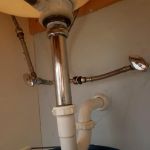 How to Replace a Sink Overflow Tube: A Complete Step-by-Step Guide
How to Replace a Sink Overflow Tube: A Complete Step-by-Step Guide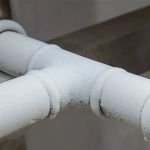 What Causes Frozen Pipes and How You Can Prevent It - Expert Tips
What Causes Frozen Pipes and How You Can Prevent It - Expert Tips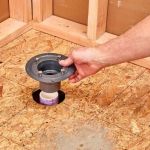 How to Replace a Shower Niche Drain: Step-by-Step Guide for Homeowners
How to Replace a Shower Niche Drain: Step-by-Step Guide for Homeowners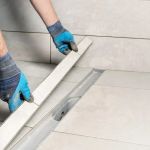 How to Replace an In-Wall Shower Drain: Step-by-Step Guide
How to Replace an In-Wall Shower Drain: Step-by-Step Guide